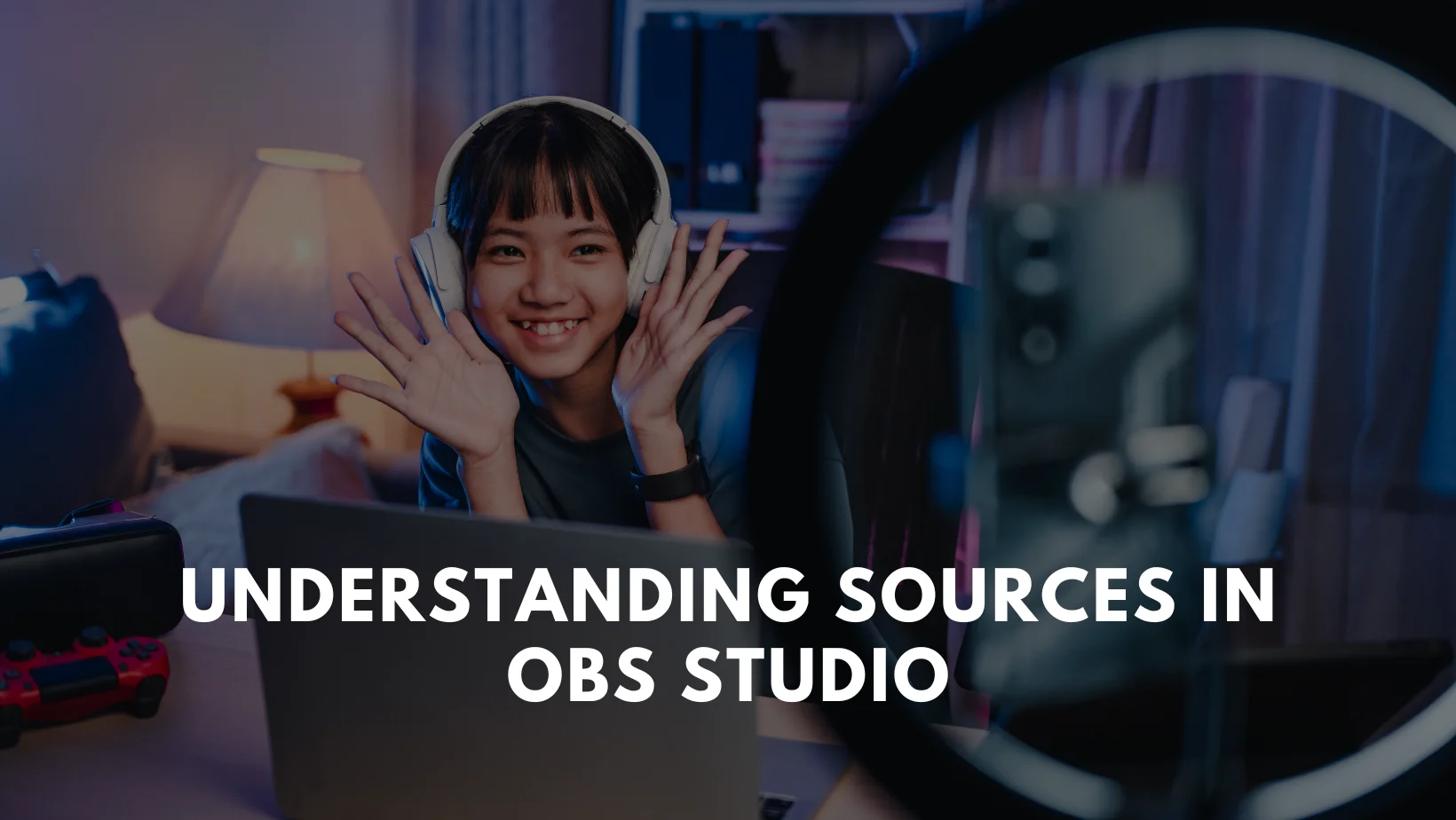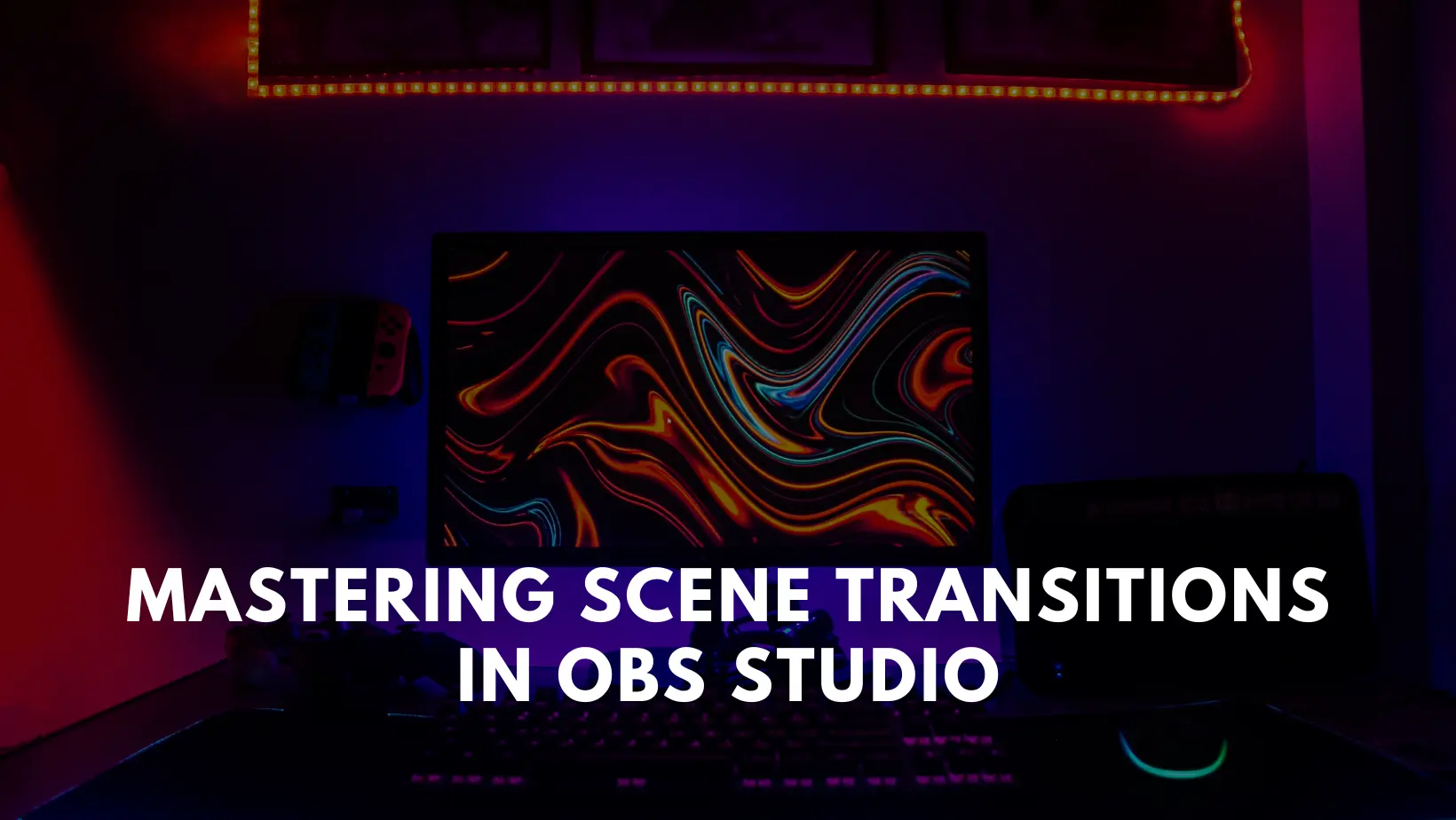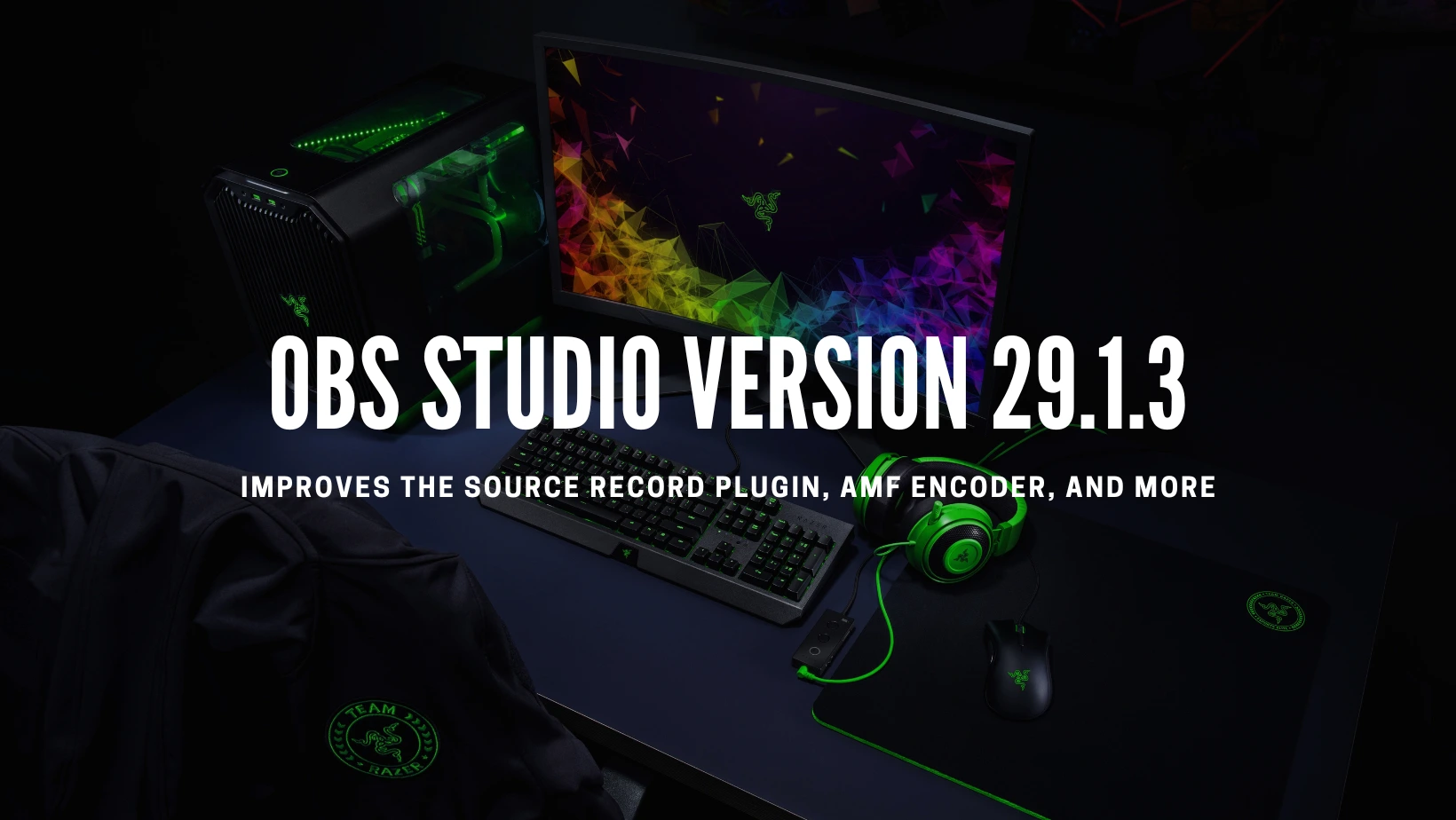Enhance Videos with Lighting and Backdrop Tips in OBS Studio
Lighting and backdrops are crucial in creating high-quality, professional-looking videos in OBS Studio. Whether live streaming, recording tutorials, or producing content for your audience, the proper lighting and backdrop setup can significantly affect how your videos look and feel.
In this comprehensive guide, we’ll explore various tips and techniques to help you optimize your lighting and backdrop setup in OBS Studio.
Understanding the Importance of Lighting
The Role of Lighting in Video Quality
Proper lighting is essential for capturing clear, well-exposed footage. It helps to minimize shadows, reduce graininess, and ensure that your subject is evenly lit. Good lighting can also create a specific mood or atmosphere in your videos, enhancing the overall viewing experience for your audience.
If you have not downloaded OBS Studio yet, then https://www.obsstudio.net/download
The Three-Point Lighting Technique
The three-point lighting technique is a standard setup used in photography, videography, and streaming. It consists of three primary light sources:
1. Key Light: The primary light source illuminates the subject from the front, creating prominent shadows and highlights.
2. Fill Light: A secondary light source is placed opposite the key light to fill in shadows and soften the contrast.
3. Backlight: A light placed behind the subject separates them from the background and creates depth.
You can create a well-balanced, professional-looking lighting setup for your OBS Studio videos using the three-point lighting technique.
Natural Light vs. Artificial Light
You can choose between natural and artificial light sources when setting up your lighting. Natural light, such as sunlight from a window, can provide a soft, even illumination ideal for daytime shooting. However, natural light can be inconsistent and difficult to control.
Artificial light sources, such as desk lamps, softboxes, or ring lights, offer more control and consistency. They allow you to adjust the brightness, color temperature, and direction of the light to suit your needs.
Choosing the Right Backdrop
The Impact of Backdrops on Video Quality
The backdrop you choose for your videos can significantly impact the overall visual appeal and professionalism of your content. A well-chosen backdrop can help create a cohesive, polished look, while a poorly selected one can be distracting and detract from your message.
Types of Backdrops
There are several types of backdrops you can use in your OBS Studio setup:
1. Solid Color Backdrops: Solid color backdrops, such as a white, black, or green screen, provide a clean, simple background that can be easily keyed out or replaced with a virtual background.
2. Textured Backdrops: Textured backdrops, such as a brick wall, wooden fence, or fabric with a pattern, can add visual interest and depth to your videos.
3. Themed Backdrops: Themed backdrops, such as an office setting, a nature scene, or a cityscape, can help to create a specific atmosphere or context for your videos.
4. DIY Backdrops: You can also create your own backdrops using items you already have, such as a bedsheet, a curtain, or a large poster board.
Backdrop Placement and Distance
When setting up your backdrop, consider the following factors:
1. Distance: The distance between your subject and the backdrop can affect the depth of field and the overall look of your video. A greater distance will create a more blurred background, while a closer distance will result in a sharper background.
2. Wrinkles and Folds: Ensure your backdrop is smooth and free of wrinkles or folds, as these can be distracting and unprofessional-looking.
3. Lighting: Make sure your backdrop is evenly lit to avoid shadows or hot spots that can affect the quality of your chroma key in OBS Studio or the overall look of your video.
Lighting Tips for OBS Studio
Softening Your Lighting
Harsh, direct lighting can create unflattering shadows and highlights on your subject’s face. Consider using diffusion materials, such as a white shower curtain, a frosted glass panel, or a softbox, to soften your lighting. These materials help to spread the light evenly and reduce harsh shadows.
Adjusting Color Temperature
The color temperature of your lighting can affect your videos’ overall mood and tone. Warmer lights (lower color temperature) create a cozy, inviting atmosphere, while more astonishing lights (higher color temperature) can create a more clinical, professional look.
To adjust the color temperature of your lights, you can use color gels or filters or invest in lights with adjustable color temperature settings.
Eliminating Shadows and Glare
Shadows and glare can be distracting and unflattering in your videos. To minimize shadows, ensure your subject is evenly lit from multiple angles. You can also use reflectors or fill lights to bounce light into the shadowed areas.
Avoid placing your lights directly in front of reflective surfaces, such as glasses or mirrors to reduce glare. You can also use polarizing filters or adjust the angle of your lights to minimize glare.
Backdrop Tips for OBS Studio
Using Green Screens
Green screens are popular for OBS Studio users who want to create a virtual background or use chroma key effects. When using a green screen, ensure that:
1. The green screen is evenly lit to avoid shadows or hot spots that can affect the quality of the chroma key.
2. Your subject is wearing clothing that is a different color from the green screen to avoid being keyed out.
3. The green screen is stretched, taut, and free of wrinkles or folds.
Creating Depth with Backdrop Placement
Consider placing your backdrop further away from your subject to create a sense of depth in your videos. This will create a blurred background effect, bokeh, which can add visual interest and professionalism to your videos.
You can also experiment with layering multiple backdrops at different distances to create a more complex, multi-dimensional look.
Matching Your Backdrop to Your Content
When choosing a backdrop for your OBS Studio videos, consider the context and theme of your content. For example, if you’re creating a tutorial video about cooking, a kitchen-themed backdrop would be more appropriate than a cityscape.
Similarly, if you’re live streaming a gaming session, a backdrop with gaming-related elements, such as posters or figurines, can help to create a more immersive, themed experience for your viewers.
Backdrop Lighting Techniques
In addition to lighting your subject, you can also use lighting to enhance your backdrop. Some techniques include:
1. Backlighting: Placing a light behind a translucent backdrop can create a glowing, ethereal effect.
2. Accent Lighting: Using colored lights or spotlights to highlight specific areas of your backdrop can add visual interest and depth.
3. Gobo Lighting: Using a gobo (a stencil or pattern placed before a light) can create unique, patterned lighting effects on your backdrop.
Conclusion
Lighting and backdrops are essential to creating professional, high-quality videos in OBS Studio. By understanding the importance of lighting, choosing the fitting backdrop, and implementing various lighting and backdrop techniques, you can significantly enhance your content’s visual appeal and production value.
Remember to experiment with different setups, adjust your lighting and backdrop placement, and choose elements that complement your content and style. With practice and attention to detail, you can create stunning, engaging videos that captivate your audience and elevate your brand.
Related Guides

Understanding Sources in OBS Studio

Mastering Scene Transitions in OBS Studio

